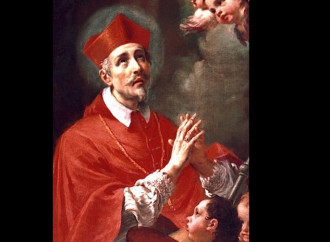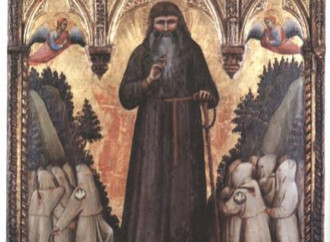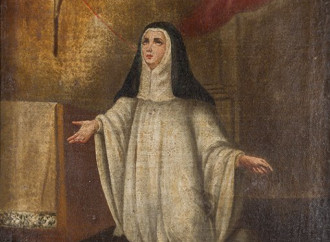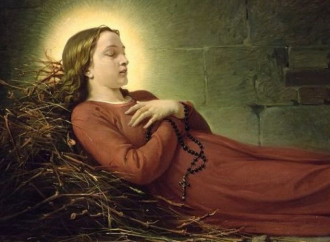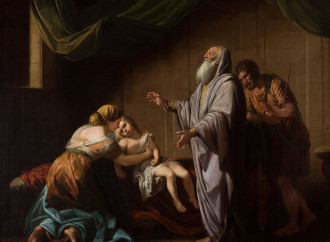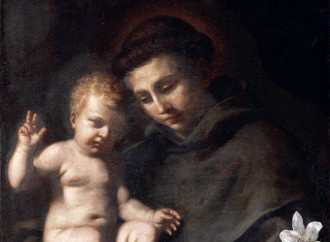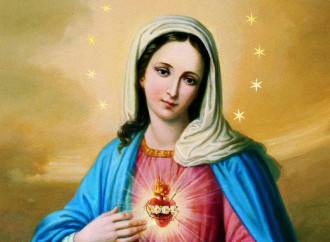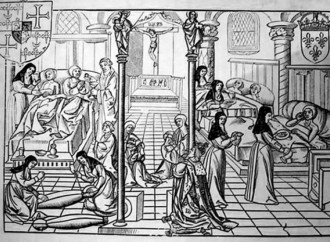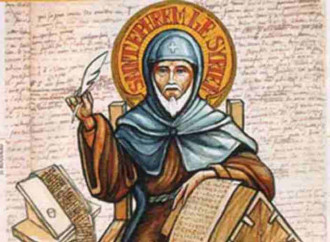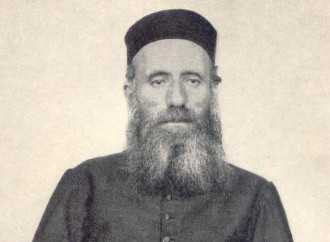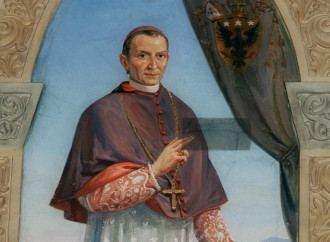Saint Gregory Barbarigo
When in May 1656 Rome was struck by a terrible plague, Saint Gregory Barbarigo (1625-1697) had only been a priest for five months and had not yet turned 31. And yet Alexander VII, who knew his virtues well, put him at the head of the special commission that organised relief for the plague victims.
Saint Ranieri
Saint Ranieri (c. 1115-1160) was born in Pisa, the city of which he is patron saint, to a family of merchants. Despite the efforts of his parents to give him a Christian upbringing, he spent his early youth gallivanting with friends, ignoring the calls of his family to live more soberly.
Saint Lutgarde
Famous for her mystical gifts, the Belgian saint Lutgarde (1182-1246) was a precursor of devotion to the Sacred Heart of Jesus. She received numerous revelations about souls in Purgatory, for whom she offered many of her prayers.
Saint Germaine Cousin
Those who do not believe in Christ will consider St. Germaine Cousin (c. 1579-1601) an unhappy girl who led a meaningless life. Those who believe will instead see her as an exemplary image of the Crucified and Risen One, ready to share her sorrows and be clothed with His glory.
Saint Elisha
His name means “God is my salvation”. The prophet Elisha continued Elijah's mission at a dramatic time for Israel, marked by continuous infidelity to the Covenant on the part of the kings and the people, culminating in idolatry and the persecution of the prophets.
Saint Anthony of Padua
In 1228, Gregory IX got to know St. Anthony of Padua (1195-1231), who had come to Rome to safeguard the unity of the Franciscan Order, which was at risk after the death of St. Francis (1181-1226).
Immaculate Heart of Mary
The day after the Solemnity of the Sacred Heart of Jesus, the Church celebrates the liturgical commemoration of the Immaculate Heart of Mary, awaiting with firm hope the fulfilment of the promise made by the Heavenly Mother to the three little shepherds of Fatima: “Finally, my Immaculate Heart will triumph”.
Sacred Heart of Jesus
On 27 December 1673, on the feast day of St. John the Evangelist (the apostle who at the Last Supper laid his head on the breast of Our Lord to know who would betray Him), St. Margaret Mary Alacoque (1647-1690) had the first great revelation about the secrets of the Sacred Heart of Jesus, which filled her with His divine presence while the Visitandine (Visitation) nun was gathered in Eucharistic adoration.
Saint Landry of Paris
The first hospital in Paris, the Hôtel-Dieu (“Hostel of God”), and the oldest in the world still in operation was founded in 651 by Saint Landry (Landericus). The saint had the idea and the charity to gather the sick under one roof in order to improve their treatment and reduce the risks of contagion, at a time when epidemics were fairly frequent.
Saint Ephrem the Syrian
“The great Ephrem has awakened the numbed souls; comforted the afflicted; formed, directed and exhorted the young; mirror of monks, guide of penitents, sword and arrow against heretics, casket of virtues, temple and resting place of the Holy Spirit.” Thus a great Eastern Father and Doctor of the Church, St. John Chrysostom (†407), wrote about St. Ephrem the Syrian (306-373), the most important of Syriac writers and himself a Doctor of the Church.
Saint James Berthieu
A shining example of what it means to give one's life for Christ, in union with His sacrifice on the cross, is offered by Saint James Berthieu (27 November 1838 - 8 June 1896). This French priest was a Jesuit missionary killed in Madagascar during the Malagasy rebellion of 1896, when he preferred martyrdom to giving in to repeated requests to deny the faith.
Saint Anthony Maria Gianelli
He was born and grew up in an era of accelerated secularisation, between the French Revolution and the Risorgimento. St Anthony Maria Gianelli (1789-1846), founder of the Daughters of Our Lady of the Garden, was an admirable example of a priest and bishop who was passionate about charity for his neighbour and aware of the urgency of relaunching an adequate Christian education aimed at the salvation of souls.

